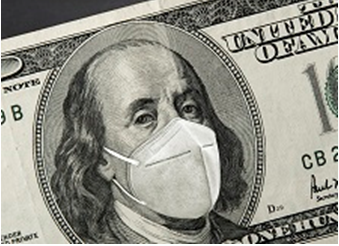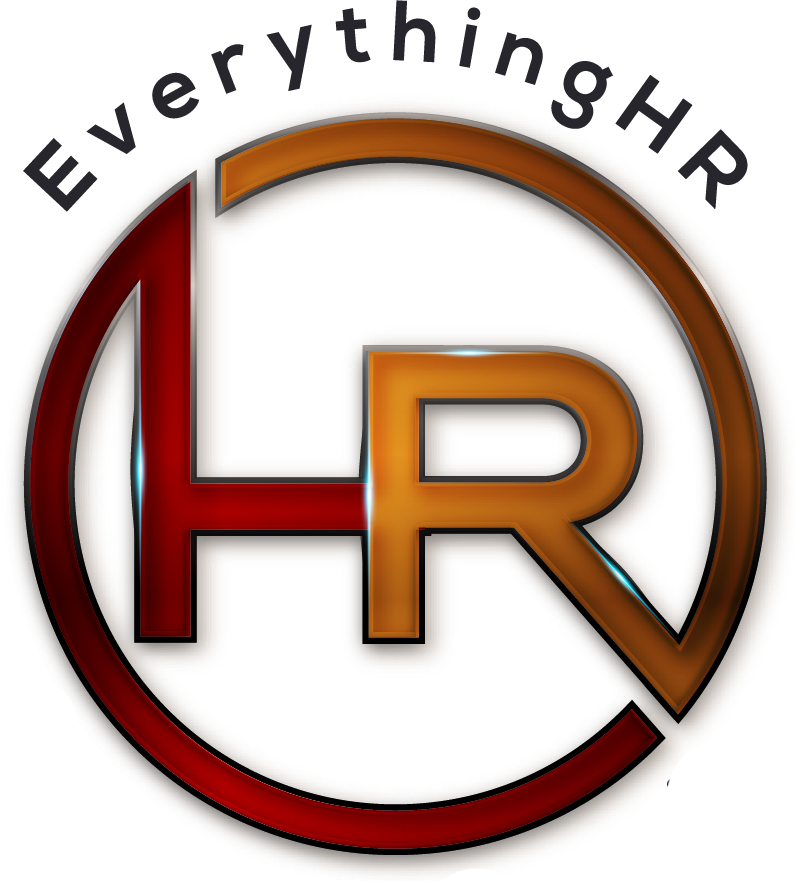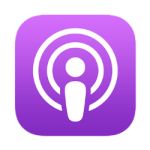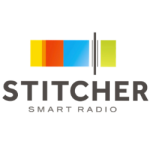Another round of Paycheck Protection Program (PPP). Who is eligible?
This new bill approved $285 billion for another round of the PPP that’s administered through the Small Business Administration’s (SBA) network of lenders.
However, this time the money is only going to small businesses (less than 300 employees per physical location) that have been specifically impacted by the pandemic. The criteria are that if your business has suffered revenue declines of more than 25 % in any given quarter this year compared to last year then you will be eligible. The program will provide up to $2 million and you can choose an 8 or 24-week forgiveness period. The loan calculation remains at 2.5x payroll and payroll costs for the period chosen unless you’re in the Accommodation and Food Services industry (NAICS Code 72) where you can use a 3.5x factor.
If you were awarded PPP previously, you must have used or will use the full amount of your first PPP, and you need to demonstrate at least a 25 percent reduction in gross receipts in the first, second, or third quarter of 2020 relative to the same 2019 quarter.
Businesses who were not in business during the first, second, or third quarter of 2019 (January 1 – September 30), but were in business during the fourth quarter of 2019 (October 1 – December 31), can compare the first, second, or third quarter of 2020 (January 1 – September 30) to the fourth quarter of 2019.
In addition to the above requirements most businesses and certain non-profit organizations, housing cooperatives, news organizations, veterans’ organizations, tribal businesses, self-employed individuals, sole proprietors, independent contractors, and small agricultural co-operatives are eligible for the new PPP loans.
Your Next Steps: Run the numbers and if you’re eligible reach out to your SBA lender about getting a new loan.
If you have an existing PPP loan, you can request an increase.
If your loan calculation has increased due to changes in interim final rules you are allowed to work with lenders to modify your loan value regardless of whether the loan has been fully disbursed.
Your Next Steps: Run the numbers and if you’re eligible reach out to your SBA lender about increasing your existing PPP loan.
The definition of “forgivable” expenses has been expanded.
Forgivable expenses (those amounts that you can use to get forgiveness for your PPP loan) have traditionally included payroll, payroll-related expenses (including other employer-provided group insurance benefits such as group life, disability, vision, or dental insurance), and all rent and mortgage interest. All of those definitions still apply. But the definition of those expenses has been expanded to include the following:
- Operations expenditures such as payment for any software like EverythingHRIS, and QuickBooks, cloud computing, and other EverythingHR and accounting needs.
- Property damage costs such as costs related to property damage due to public disturbances that occurred during 2020 that are not covered by insurance.
- Supplier costs such as expenditures to a supplier according to a contract, purchase order, or order for goods in effect before taking out the loan that is essential to the recipient’s operations at the time at which the expenditure was made. Supplier costs of perishable goods can be made before or during the life of the loan.
- Worker protection expenditure such as personal protective equipment and adaptive investments to help you comply with federal health and safety guidelines or any equivalent State and local guidance related to COVID-19 between March 1, 2020, and the end of the national emergency declaration.
These definitions now also apply to loans made before, on, or after the date of enactment, including the forgiveness of the loan. The 60/40 cost allocation between payroll and non-payroll costs to receive full forgiveness will continue to apply.
Your Next Steps: If you’re applying for a new loan, keep these expenses in mind when doing your loan availability calculations. If you’ve got an existing loan, then remember to apply all of these new expenses to ensure you get maximum forgiveness.
The forgiveness of PPP loans has been simplified.
There is now a simplified application process for loans under $150,000 so that a borrower can receive forgiveness if a borrower signs and submits to the lender a certification that is no more than one page in length, includes a description of the number of employees the borrower was able to retain because of the covered loan, the estimated total amount of the loan spent on payroll costs and the total loan amount. The borrower must also attest that they accurately provided the required certification and complied with Paycheck Protection Program loan.
The SBA may not require additional materials unless necessary to substantiate revenue loss requirements or satisfy relevant statutory or regulatory requirements. You still are required to retain relevant records related to employment for four years and other records for three years and your loan may still be audited if fraud is suspected.
Your requirement to restore your full-time employees and salaries and wages to previous levels before the pandemic has been extended. Your loan forgiveness may still be reduced based on the number of employees and employee salary that fell more than 25 percent.
Your Next Steps: You have 10 months to apply for forgiveness after your forgiveness period ends so no need to rush. But if you’ve got a loan that’s less than $150K you might as well get this requirement out of the way to avoid any additional interest charges.
You can deduct your PPP forgiveness expenses.
Any expenses you use to apply for forgiveness are now also tax-deductible to the extent otherwise tax-deductible under existing law.
Your Next Steps: Consult with your tax advisor, to make assure they are aware of the change.
If you’re a seasonal employer you’re more fully defined.
The new act defines a seasonal employer to be an eligible recipient which: (1) operates for no more than seven months in a year, or (2) earned no more than 1/3 of its receipts in any six months in the prior calendar and this definition applies to any loan made before, on or after enactment including the forgiveness of the loan.
Your Next Steps: Review your loan availability and your forgiveness calculation.
The EIDL Loan and Advance
Economic Injury Development Loans are still available directly through the SBA for all of 2021. $20 billion more has been allocated to the program. The $1,000 per employee grants are also still available but the SBA has been given more flexibility to verify that Emergency EIDL grant applicants have submitted accurate information and can now take up to 21 days to issue the grants.
Under the new law, you don’t have to deduct the amount of your EIDL grant from your PPP forgiveness amount. If you’re received a PPP award, then you’re likely able to also apply for an EIDL loan and advance too.
Your Next Steps: If you haven’t taken advantage of an EIDL loan and advance, you should. It is a long-term non-collateral 30-year loan with a 3.75% fixed interest rate which may seem like a bargain if interest goes up in the next few years. Go to www.SBA.gov for more information.
If you’re in the Arts industry you are probably eligible for a grant under the new Shuttered Venue Operator Grant Program.
The new law authorizes $15 billion for the SBA to make grants to eligible live venue operators or promoters, theatrical producers, live performing arts organization operators, museum operators, motion picture theatre operators, or talent representatives who demonstrate a 25 percent reduction in revenues with special amounts set aside for organizations with less than 50 full-time employees. The SBA may make an initial grant of up to 10 million dollars to an eligible person or entity and a supplemental grant that is equal to 50 percent of the initial grant. The grants have to be used for specified expenses such as payroll costs, rent, utilities, and personal protective equipment.
In the initial 14-day period of implementation of the program, grants shall only be awarded to eligible entities that have faced 90 percent or greater revenue loss. In the 14 days following the initial 14- day period, grants shall only be awarded to eligible entities that have faced 70 percent or greater revenue loss. After these two periods, grants shall be awarded to all other eligible entities.
Your Next Steps: Keep an eye on www.sba.gov for where you can apply for your grant.
Additional support is being provided to minority-owned businesses and businesses located in a “Low to Moderate Income Area”.
The law has created two set-asides ($15 billion for initial PPP awards and $25 billion for second PPP awards) for small business borrowers with 10 or fewer employees and businesses located in Low to Moderate Income (LMI) areas for awards up to $250,000. Also, there are additional set-asides of $15 billion for small community banks, small credit unions, and small agricultural credit institutions, and $15 billion for mission-based community lenders like community development financial institutions (CDFIs), certified development companies (CDCs), minority depository institutions (MDIs), and SBA Microloan intermediaries.
Your Next Steps: Find any of the institutions above and reach out to them. Tell them you run a minority-owned business or are located in an LMI area.
Existing SBA Section 7(a) or 504 Microloan.
If you already have an existing SBA Section 7(a) or 504 Microloan then you can get up to 8 months of forgiveness (3 months plus an additional 5 months if you’re in a hard-hit industry such as food service and accommodation, arts, entertainment, and recreation, education; and laundry and personal care services) of principal and interest payments – capped at $9,000 per month.
If you apply for a new SBA Section 7(a) or 504 Microloan and get approved before September 20, 2021, then your first six months of principal and interest (up to $9,000 per month) is also forgiven. You don’t have to show that you’ve been impacted by COVID-19.
To make life easier for bankers (and for you, the applicant), the SBA will increase its guarantees of these loans. However, the SBA can change some of the terms of the loans depending on demand and funds available.
Your Next Steps: You can save up to $54,000 of principal and interest payments on a new loan or $72,000 on an existing loan, depending on your industry. These are enormous savings and can finance your growth.
The Employee Retention Tax Credit has been expanded.
The Employee Retention Tax Credit has been extended to July 1, 2021. The credit rate was increased from 50 percent to 70 percent of qualified wages and the eligibility for the credit was extended by reducing the required year-over-year gross receipts decline from 50 percent to 20 percent and provides a safe harbor allowing employers to use prior quarter gross receipts to determine eligibility. Also, the limit on per-employee creditable wages was increased from $10,000 for the year to $10,000 for each quarter.
The Employee Retention Tax Credit:
- Increases the 100-employee delineation for determining the relevant qualified wage base to employers with 500 or fewer employees.
- Allows certain public instrumentalities to claim the credit.
- Removes the 30-day wage limitation, allowing employers to, for example, claim the credit for bonus pay to essential workers.
- Allows businesses with 500 or fewer employees to advance the credit at any point during the quarter based on wages paid in the same quarter in a previous year.
- Provides rules to allow new employers who were not in existence for all or part of 2019 to be able to claim the credit.
- Clarifies the determination of gross receipts for certain tax-exempt organizations.
- Clarifies that group health plan expenses can be considered qualified wages even when no other wages are paid to the employee, consistent with IRS guidance.
- Provides that employers who receive Paycheck Protection Program (PPP) loans may still qualify for the ERTC for wages that are not paid for with forgiven PPP proceeds.
Your Next Steps: Don’t forget this tax credit when filing your taxes and consult with your tax advisor to take advantage of this credit. Go to www.EverythingHR.net for more information on ERTC.
Deferral of social security taxes has been extended.
You can now defer your employer’s share of social security taxes through March 2021 and pay those amounts back as late as the end of 2022.
Your Next Steps: Extending these payments doesn’t relieve you of your obligations, but it does provide an interest-free loan from the government.
You can take advantage of the Worker Opportunity Tax Credit through 2026.
This credit, which can be up to $9,600 and can be applied against the taxes you owe if you hire certain long-term unemployed workers, those on welfare, returning citizens, or veterans has been extended for five years.
Your Next Steps: If you need to hire someone, look at this group of applicants to qualify for this tax credit. It will continue for another five years.
Meal deduction.
You can now deduct 100 percent of your business meals that take place at a restaurant for 2021 and 2022.
Your Next Steps: The government will give you a tax benefit by supporting restaurants. And if you’re a restaurant owner, let your business patrons know of this advantage too.
If you’re a nonprofit, then you can get more donations.
The above-the-line charitable contribution is extended through 2021 at $600 for those married filing jointly and $300 for other filers. This means taxpayers will be able to take the standard deduction and deduct up to $600 in charitable giving when calculating their taxable income. For the 2020 tax year, taxpayers could deduct up to $300 above-the-line for charitable contributions.
Your Next Steps: Review your charitable contributions
Note: You should consult with your tax advisor about how these new rules may specifically impact your business.
Contact us for an Human Resource or Financial Consultation at www.EverythingHR.net
Sources:










